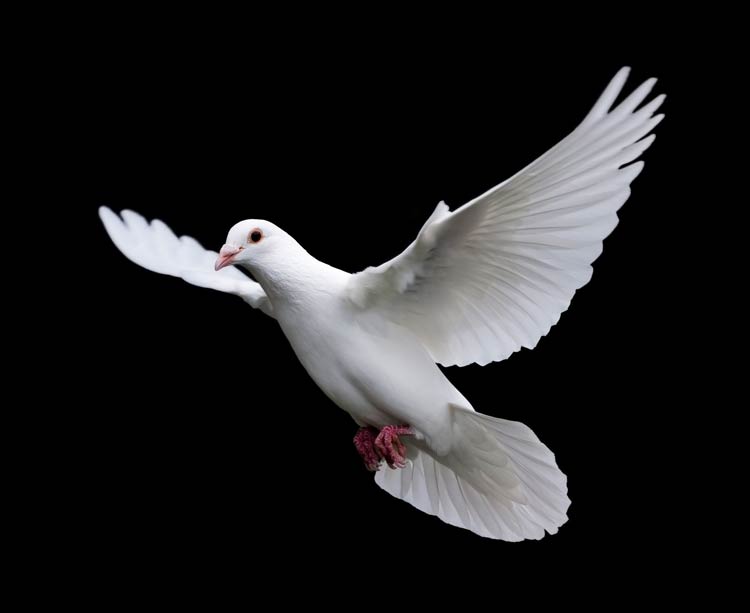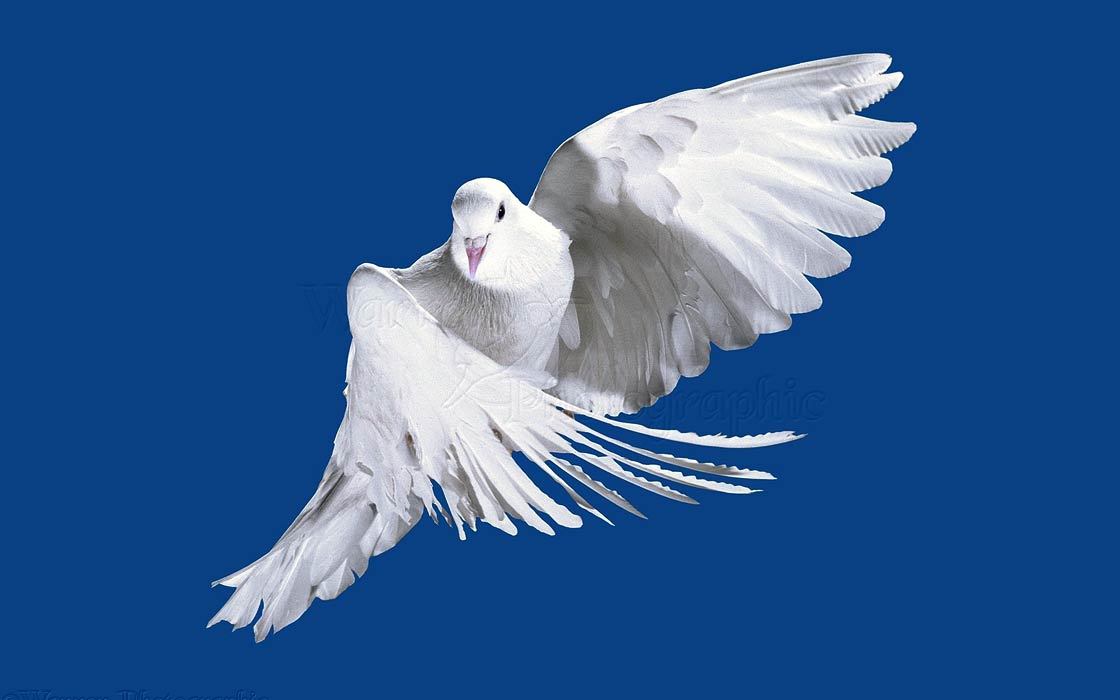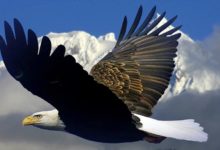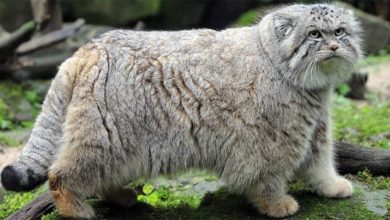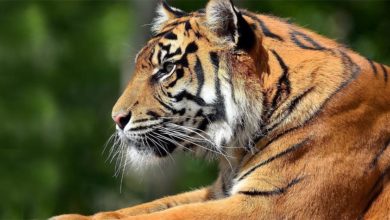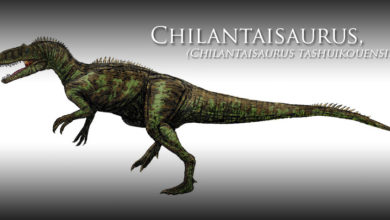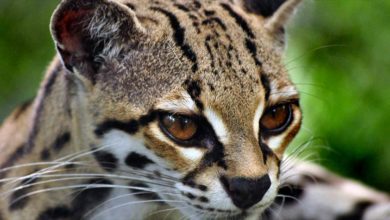Pigeon Racing and Tech in 2024
Welcome to the latest article published on our popular pages. Regular visitors and readers of our articles know we like to cover a wide range of topics and talking points. From dinosaur facts and extinct animals to information on the most beautiful creatures we share the planet with today and the troubles they face, we’ve got you covered. If you’re a new visitor, we extend a warm welcome and suggest you browse past articles to get a good idea of what we do and how we do it.
We love everything related to dinosaurs and wildlife, but we also love to do things a little differently on occasion. And this is one of those occasions. On this page, we investigate a subject that will likely catch you off-guard, and that’s professional pigeon racing. An ancient sport, pigeon fanciers have used the bird’s incredible navigational skills for a range of jobs, including delivering messages during the World War. Domesticated pigeons served many uses in the past, and they still have a purpose in today’s world that’s heavily reliant on technology.
One such use for domesticated pigeons is racing. The birds are taken over long distances, sometimes across borders and overseas, before they’re released. The clock begins ticking, and the birds are released, with each pigeon timed on how long it takes them to arrive home.
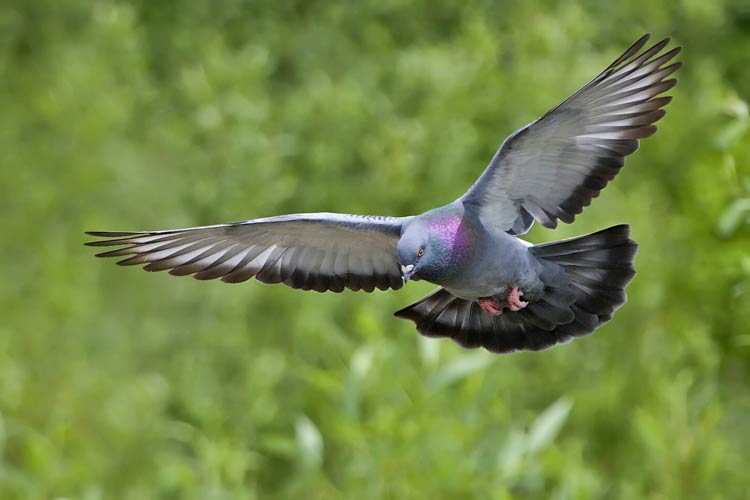
Pigeon racing explained
Before we get into the thick of this article and discuss how modern technology is shaping pigeon racing, let’s take a brief moment to explain the basics. Now, racing pigeons may look like every other pigeon you see on your daily commute to work, but these animals are very different. The birds are for speed, endurance, and performance, with hundreds of years of careful breeding producing the impressive racing pigeons of today. Only the fastest and fittest birds survive.
How does pigeon racing work? Handlers release birds and track the time it takes them to return home. As all birds come from different homes, it’s important to factor in the distance covered and the speed traveled. The winning bird isn’t just the one that makes it home first, but the one that makes it home the quickest. If the race begins in France, a bird could travel to a pigeon loft in Scotland and another to a loft in England. That’s when the rate of travel becomes important.
The distance covered in a pigeon race could be anything from 100km to 1000km, and there’s no hard and fast rule. The best-bred and most sought-after pigeons can travel across land and sea, covering many miles and never losing track of their destination. How the birds make it home and understand the route remains a mystery to humans, but people have been racing pigeons since as early as 220 A.D.
How is technology impacting this most ancient sport? Keep reading as we investigate tech’s influence on pigeon racing.

Pigeon racing for a digital age
One of the most significant technological advancements in pigeon racing is the integration of GPS tracking and telemetry systems. Traditionally, pigeon racing relied on the birds’ innate sense of direction to navigate back to their home lofts. However, with the advent of GPS technology, handlers can now track their pigeons in real-time throughout the entire race.
GPS trackers attached to the pigeons provide accurate location data, allowing enthusiasts to monitor their birds’ progress on a digital map. It enhances the transparency of the race and enables handlers to analyze the birds’ flight patterns and behaviors. Telemetry systems further contribute to data collection, providing insights into factors like altitude, speed, and heart rate. These technological aids have revolutionized the way pigeon racing works, offering a level of precision and information that was once unimaginable.
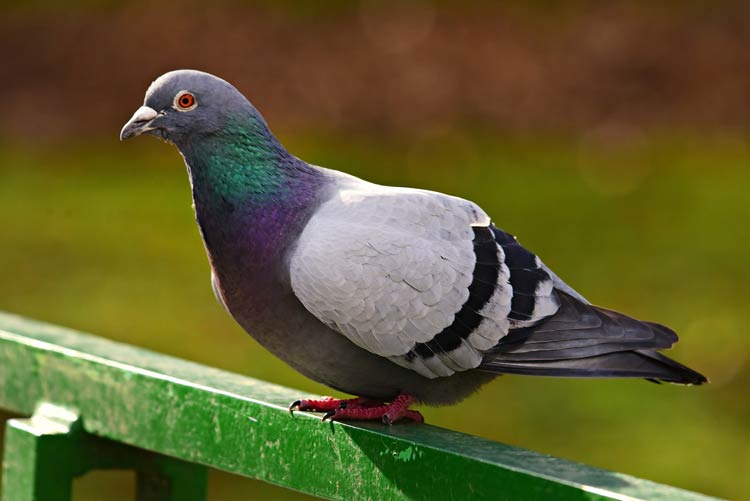
Electronic timing
Gone are the days of manual clocking and stopwatch timing in pigeon racing. Electronic timing systems have become a cornerstone of the sport, providing accurate and automated timekeeping. Each pigeon has an electronic tag or ring that interacts with sensors at the home loft’s entrance. As a bird returns from a race, the system records its arrival time down to the millisecond.
This technology not only eliminates the margin of error associated with manual timing but also enables real-time updates on race progress. The speed at which pigeons cover the distance is crucial in determining winners, and electronic timing systems provide instantaneous and reliable results. Pigeon racing enthusiasts now have access to timely and precise race data, contributing to the overall efficiency and fairness of competitions.

Health monitoring
The well-being of racing pigeons is of paramount importance, and technology has introduced innovative ways to monitor their health and performance. Wearable devices equipped with various sensors can track vital metrics such as heart rate, body temperature, and wing movement. These devices provide handlers with insights into the overall condition of their pigeons, allowing for proactive health management.
By analyzing the data collected from these wearables, handlers can identify signs of stress, fatigue, or potential illnesses. This preemptive approach enables them to make informed decisions regarding training intensity, race participation, and overall care. Additionally, the ability to remotely monitor the health of pigeons ensures that potential issues are addressed promptly, contributing to the well-being of the birds and the longevity of their racing careers.
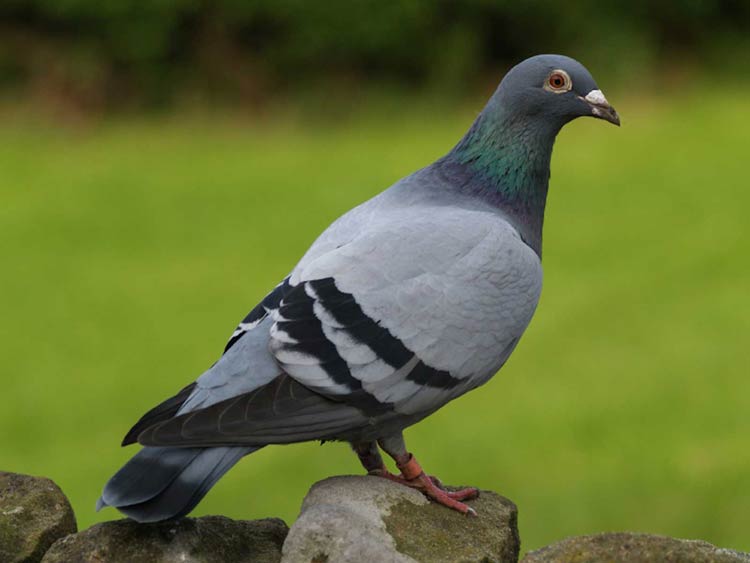
Data analysis
The influx of data generated by GPS tracking, telemetry systems, and health monitoring devices has given rise to a new era of data analytics in pigeon racing. Handlers and pigeon fanciers now have access to a wealth of information they can analyze to improve training regimens, race strategies, and overall performance.
Sophisticated algorithms can process vast datasets to identify patterns, correlations, and trends. This data-driven approach allows handlers to tailor training programs based on individual pigeons’ strengths and weaknesses. It also enables strategic decision-making during races, considering factors such as weather conditions, flight patterns, and historical performance data. The integration of data analytics not only enhances the competitive edge in pigeon racing but also contributes to a more scientific and strategic approach to the sport.
